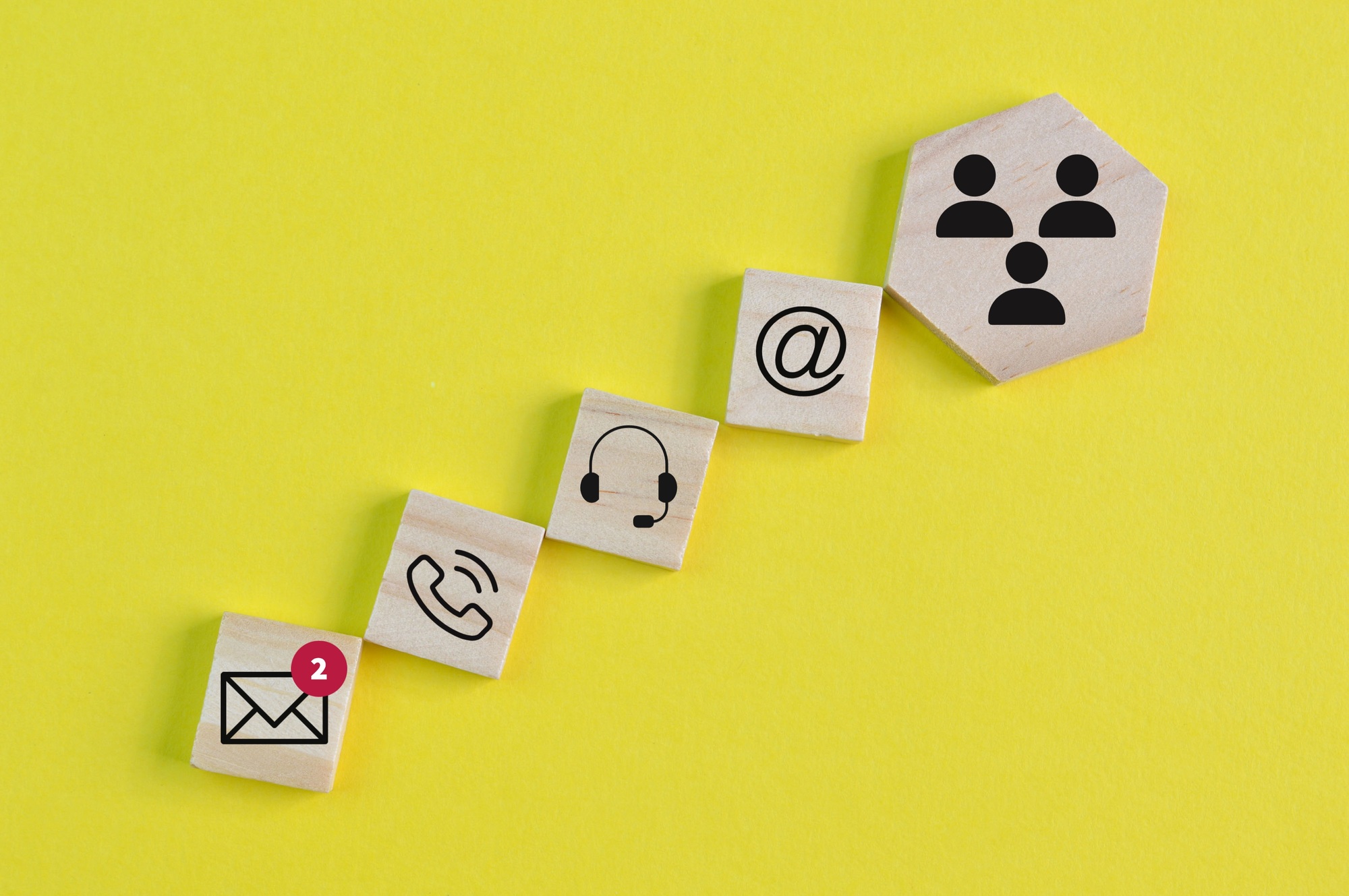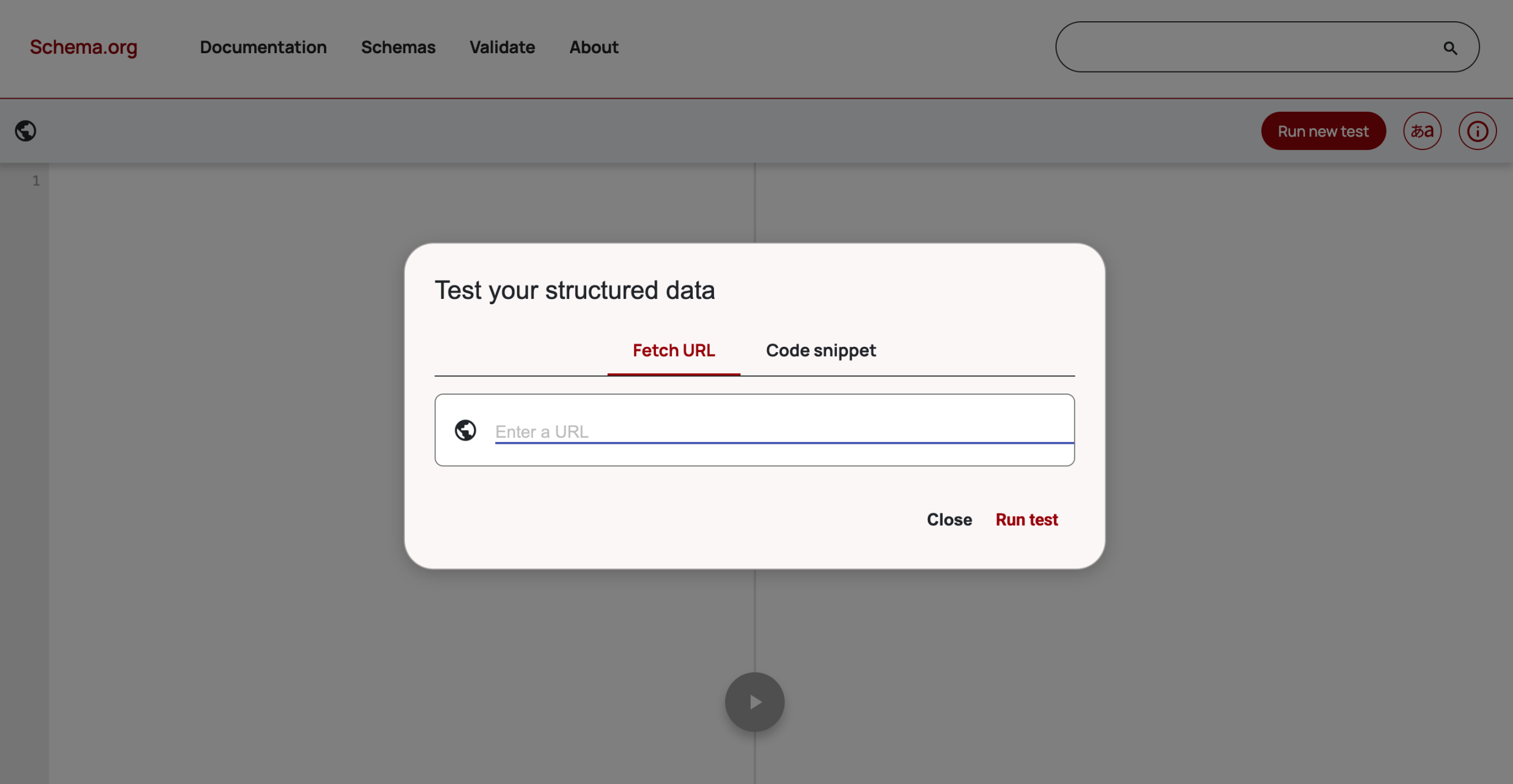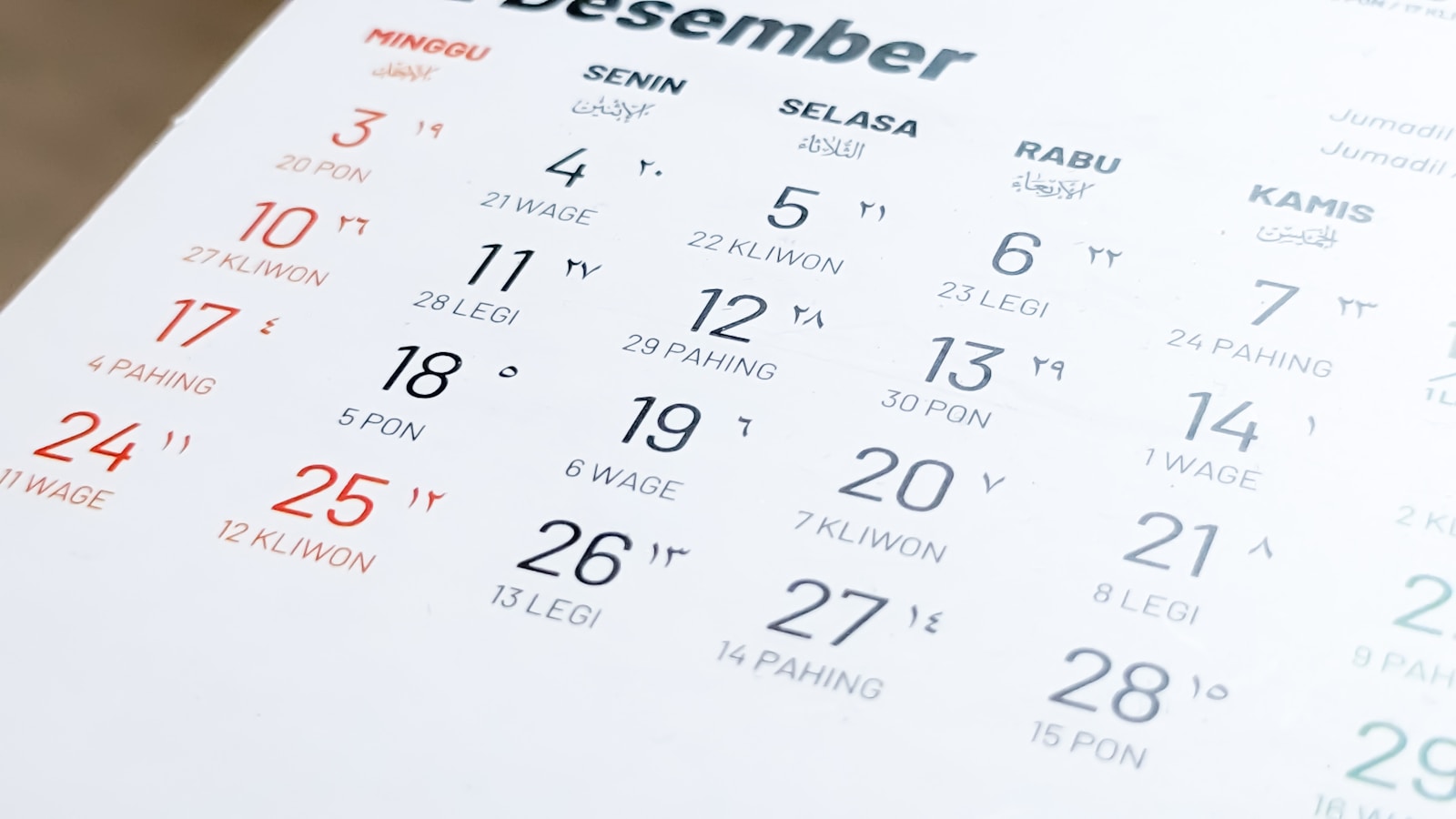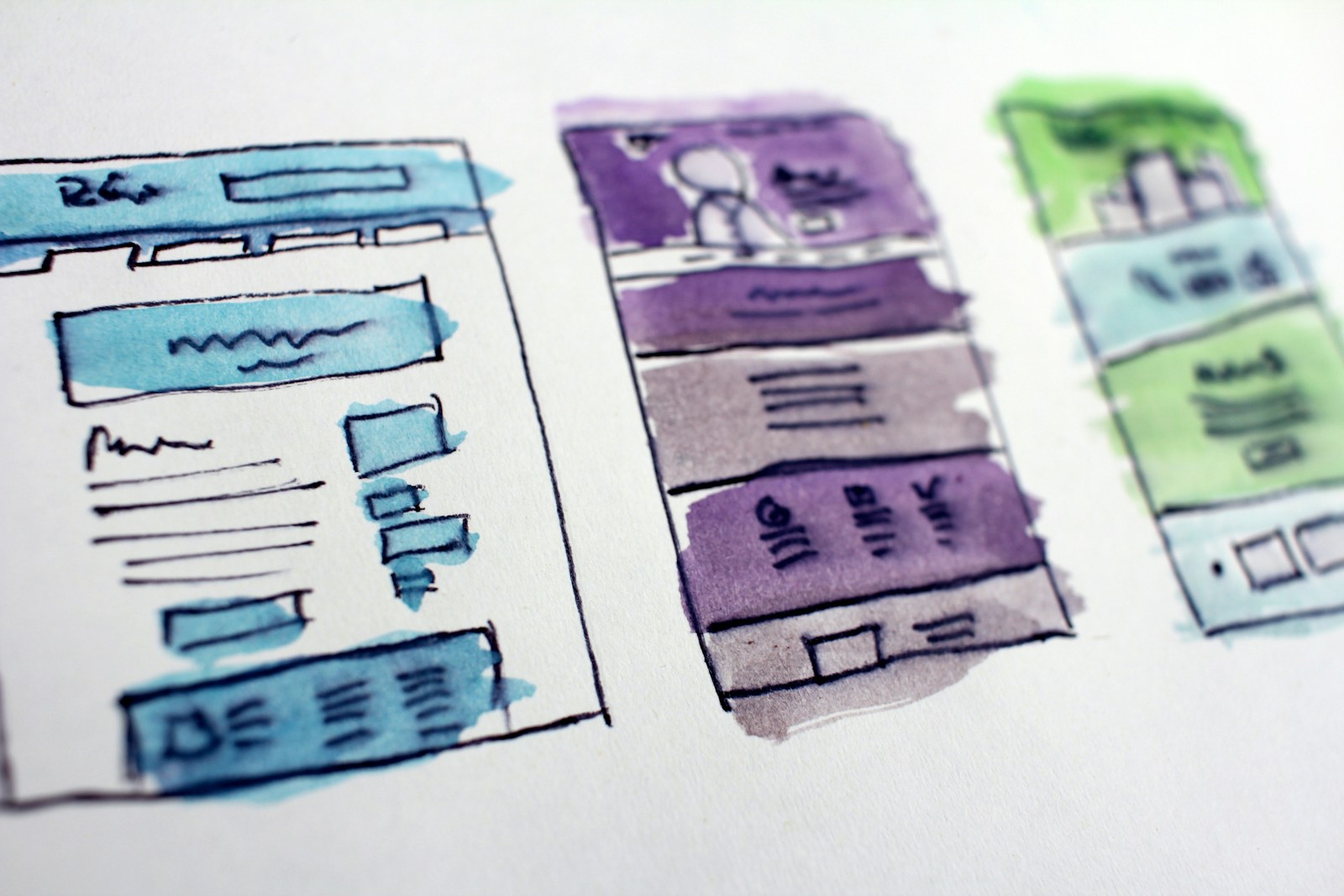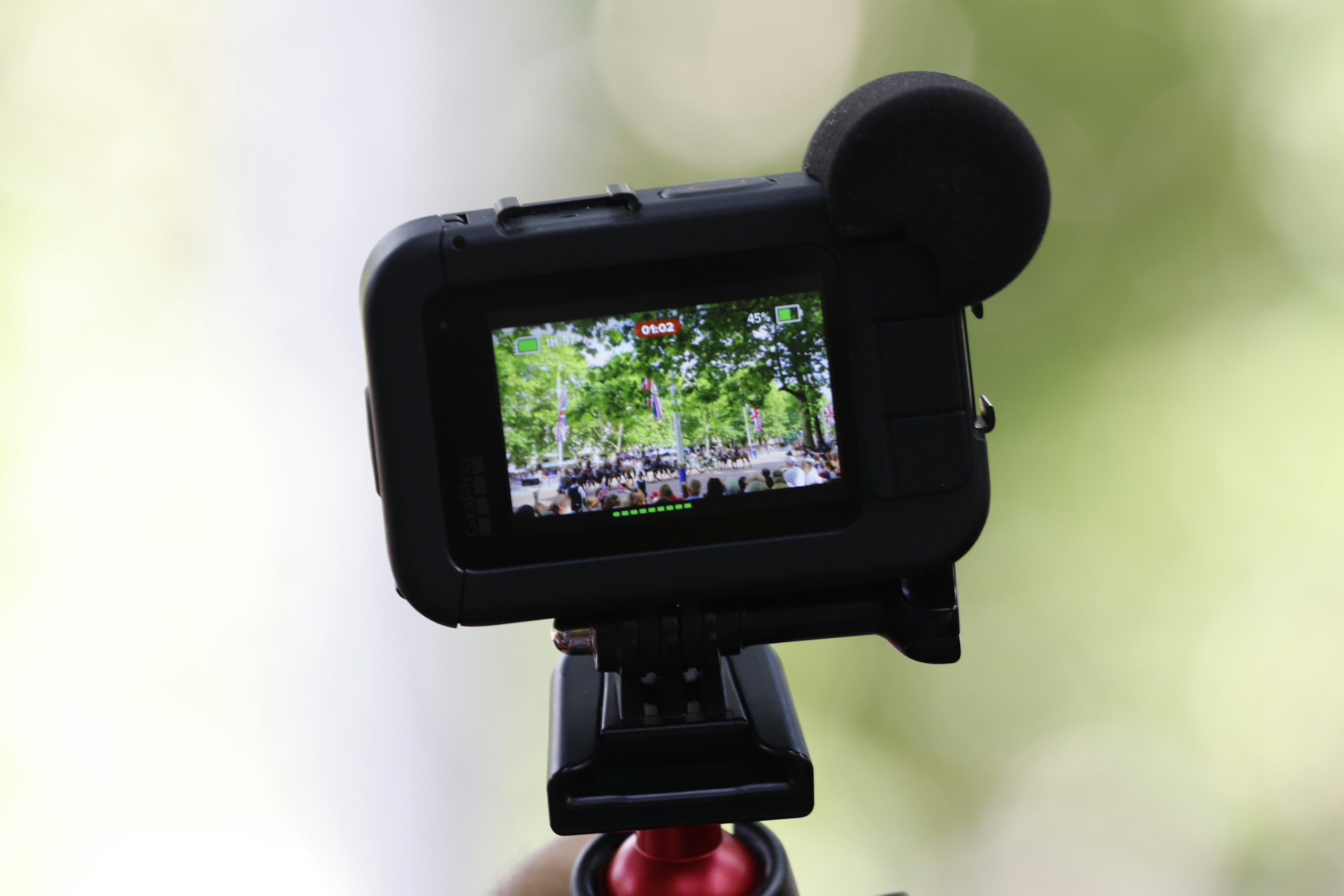Table of Contents
Email is far from dead—in fact, it’s the highest-ROI digital channel for growth-stage businesses. But to unlock its full potential, modern brands must shift from blast campaigns to sophisticated lifecycle email marketing that adapts to every stage of the customer journey.
If your business spends $2,500–$4,500/month on marketing, chances are your email strategy should be working harder. Let’s explore how premium brands are using automation, segmentation, and data-backed flows to drive predictable, recurring revenue.
Why Lifecycle Email Marketing Matters
Lifecycle marketing focuses on guiding your customers through each stage of their journey—from awareness to purchase to advocacy—using timely, personalized messaging.
Unlike one-size-fits-all blasts, lifecycle email campaigns create relevance at scale. Whether it’s a welcome sequence, re-engagement automation, or post-purchase flow, each email serves a purpose beyond open rates: long-term brand equity and LTV growth.
The Real ROI Lies in Retention
Did you know increasing customer retention by just 5% can increase profits by 25% to 95%? Lifecycle email marketing makes retention more than a buzzword—it operationalizes it.
From reactivation campaigns for dormant users to loyalty programs for your best customers, email automation becomes the engine of customer retention.
Key Lifecycle Email Campaigns Every Growth Brand Needs
If you’re investing at a higher level, your email marketing should reflect that sophistication. Here’s what successful agencies implement for premium clients:
1. Welcome Series (Brand Foundation)
The welcome series is more than an intro—it’s the handshake, the pitch, and the invitation to explore. High-performing agencies design multi-part welcome sequences that segment users based on engagement or interests from the start.
2. Abandoned Cart & Browse Recovery (Revenue Recovery)
Lost sales are opportunities. By triggering a series of reminders—often with urgency, social proof, or exclusive incentives—brands recover 10–30% of otherwise lost sales. And when dynamic product blocks are used? Even higher.
3. Post-Purchase & Upsell (Customer Expansion)
The journey doesn’t end after checkout. A well-structured post-purchase flow reinforces buyer confidence, introduces related offers, and sets the stage for repeat purchases. This is where LTV starts to grow.
4. Re-Engagement Campaigns (List Hygiene + Retention)
Dormant subscribers can either be reactivated—or removed to protect sender score. Leading agencies design re-engagement flows to win back interest with personalized messaging, or smart pruning strategies to keep your list clean.
Advanced Email Marketing Tactics Used by Top Agencies
Lifecycle email marketing isn’t just about what you send—it’s about how and to whom.
Segmentation That Goes Beyond Demographics
The top-performing brands leverage behavioral and psychographic data to segment audiences, not just demographics. Purchase history, browsing behavior, time since last engagement—these are the inputs that fuel relevance.
Automation with Intelligence
It’s not enough to “set and forget.” Leading agencies build conditional logic into automations so that each path adapts based on subscriber behavior. Triggered flows become smart sequences that guide users toward outcomes.
Performance Dashboards That Tie to Revenue
Open and click rates are baseline. Growth-focused email strategies measure revenue per recipient, attributed revenue per flow, and subscriber lifetime value—the KPIs that actually drive business decisions.
How to Know If You’re Ready for Lifecycle Email Marketing
If your email list is 2,000+ and you’re investing consistently in digital growth, lifecycle email marketing should be a core function—not an afterthought.
You may be ready for a higher-tier strategy if:
You have multiple audience types or products
You’re running campaigns manually and inconsistently
You struggle to track email ROI or LTV from subscribers
You haven’t reviewed or refreshed your flows in 6+ months
FAQ: Lifecycle Email Marketing for Growth Brands
What’s the difference between regular email marketing and lifecycle marketing?
Do I need expensive software to implement this?
How long does it take to see results?
Can this work for service-based businesses or B2B?
Lifecycle email marketing isn’t about sending more emails—it’s about sending the right message at the right time to the right person.
If you’re scaling and serious about building a brand that retains and expands its customer base, then your email channel should be just as strategic as your paid ads or SEO. And with the right agency partner, it can become one of your most profitable investments.
Ready to maximize ROI with lifecycle email marketing? Schedule your free email strategy audit

